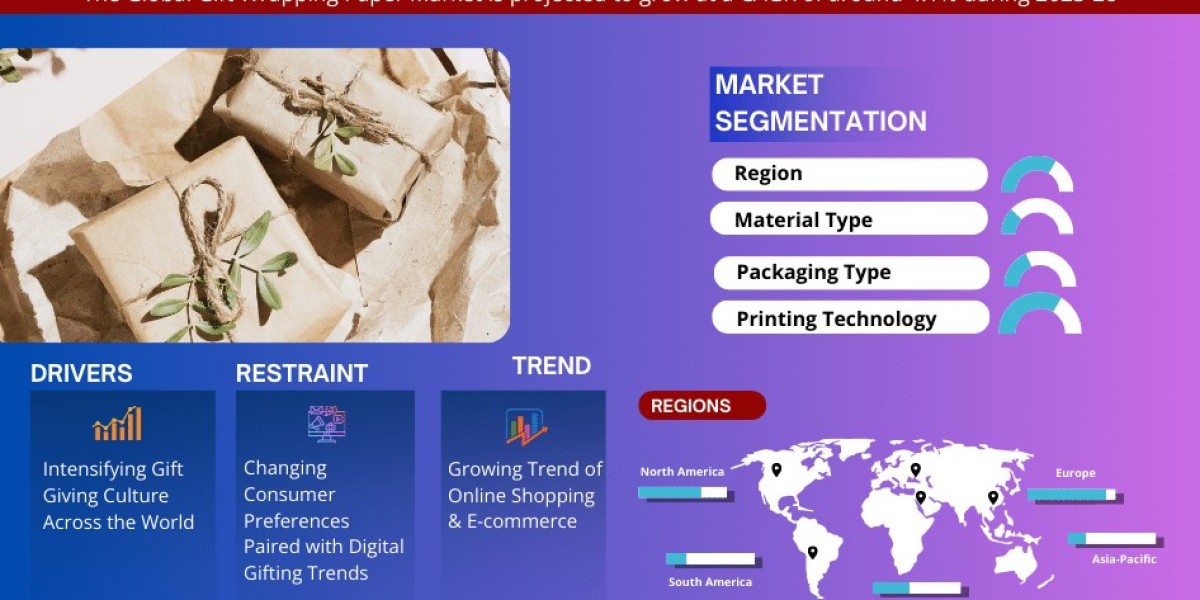Introduction
Cloud computing is a rapidly evolving technology that has changed the way we store and process data. It has become a key enabler for businesses to scale their operations and reduce costs. In this beginner's guide to cloud computing, we will discuss the basics of cloud computing, its benefits, and its different models.
What is Cloud Computing?
Cloud computing refers to the delivery of computing services, including servers, storage, databases, networking, software, and analytics, over the Internet. Cloud computing providers such as Amazon Web Services (AWS), Microsoft Azure, and Google Cloud Platform (GCP) offer these services on-demand and typically charge based on usage. This means that businesses and individuals can access these services from anywhere in the world, on any device, without the need to maintain expensive on-premises infrastructure.
Benefits of Cloud Computing
There are several benefits of cloud computing that have made it a popular choice for businesses of all sizes:
Cost savings: With cloud computing, businesses can avoid the upfront costs of purchasing and maintaining on-premises infrastructure. Instead, they can pay for only what they use and scale up or down as needed.
Flexibility and scalability: Cloud computing allows businesses to quickly and easily scale their operations up or down to meet changing demands. They can add or remove computing resources as needed, without having to worry about capacity planning.
Improved security: Cloud computing providers typically have robust security measures in place to protect their infrastructure and their customers' data. This can be a significant benefit for businesses that lack the resources to maintain their own security infrastructure.
Increased collaboration: Cloud computing enables teams to work together more easily, regardless of their physical location. Teams can access the same data and applications from anywhere in the world, and collaborate in real time.
Disaster recovery: Cloud computing providers typically have multiple data centers in different locations, which can provide redundancy and improve disaster recovery capabilities.
Cloud Computing Models
There are three main models of cloud computing: Infrastructure as a Service (IaaS), Platform as a Service (PaaS), and Software as a Service (SaaS).
Infrastructure as a Service (IaaS): IaaS is the most basic model of cloud computing. It provides businesses with access to virtualized computing resources such as servers, storage, and networking. With IaaS, businesses can create their own virtual data centers and manage their own operating systems, applications, and data.
Platform as a Service (PaaS): PaaS provides businesses with a complete development and deployment environment for their applications. With PaaS, businesses can focus on developing and deploying their applications, without having to worry about managing the underlying infrastructure.
Software as a Service (SaaS): SaaS provides businesses with access to fully functional software applications over the Internet. With SaaS, businesses can use software applications such as customer relationship management (CRM), enterprise resource planning (ERP), and human resource management (HRM), without having to install or maintain the software themselves.
Cloud Computing Deployment Models
There are three main deployment models for cloud computing: public cloud, private cloud, and hybrid cloud.
Public Cloud: Public cloud refers to cloud computing services that are offered over the internet to the general public. These services are typically provided by third-party vendors such as AWS, Azure, and GCP.
Private Cloud: Private cloud refers to cloud computing services that are offered within an organization's own data center. Private clouds are typically used by large organizations that have strict security and compliance requirements.
Hybrid Cloud: Hybrid cloud refers to a combination of public and private cloud services. With hybrid cloud, businesses can leverage the benefits of both public and private cloud services, while still maintaining control over their data and applications.
Cloud Computing Providers
There are several cloud computing providers, each with its own strengths and weaknesses. Some of the leading cloud computing providers include:
Amazon Web Services (AWS): AWS is the largest cloud computing provider, offering a wide range of services including computing, storage, and databases. It is known for its scalability and reliability.
Microsoft Azure: Microsoft Azure is a cloud computing platform offered by Microsoft. It provides businesses with a wide range of cloud-based services, including computing, storage, and networking. Azure is known for its integration with other Microsoft products and services.
Google Cloud Platform (GCP): GCP is a cloud computing platform offered by Google. It provides businesses with access to a wide range of services, including computing, storage, and machine learning. GCP is known for its advanced analytics capabilities.
IBM Cloud: IBM Cloud is a cloud computing platform offered by IBM. It provides businesses with access to a wide range of services, including computing, storage, and blockchain. IBM Cloud is known for its security and compliance capabilities.
Oracle Cloud: Oracle Cloud is a cloud computing platform offered by Oracle. It provides businesses with access to a wide range of services, including computing, storage, and databases. Oracle Cloud is known for its integration with Oracle's other products and services.
Conclusion
Cloud computing has transformed the way businesses store and process data. It has provided businesses with cost savings, flexibility, improved security, increased collaboration, and disaster recovery capabilities. There are three main models of cloud computing: IaaS, PaaS, and SaaS, and three main deployment models: public cloud, private cloud, and hybrid cloud. Businesses can choose from several cloud computing providers, each with its own strengths and weaknesses, to find the best fit for their needs. As cloud computing continues to evolve, it will be interesting to see how it impacts the future of technology and business.
To learn more about Cloud computing check out our courses, Ready to get started today? Cloud Computing Training In Chennai.


